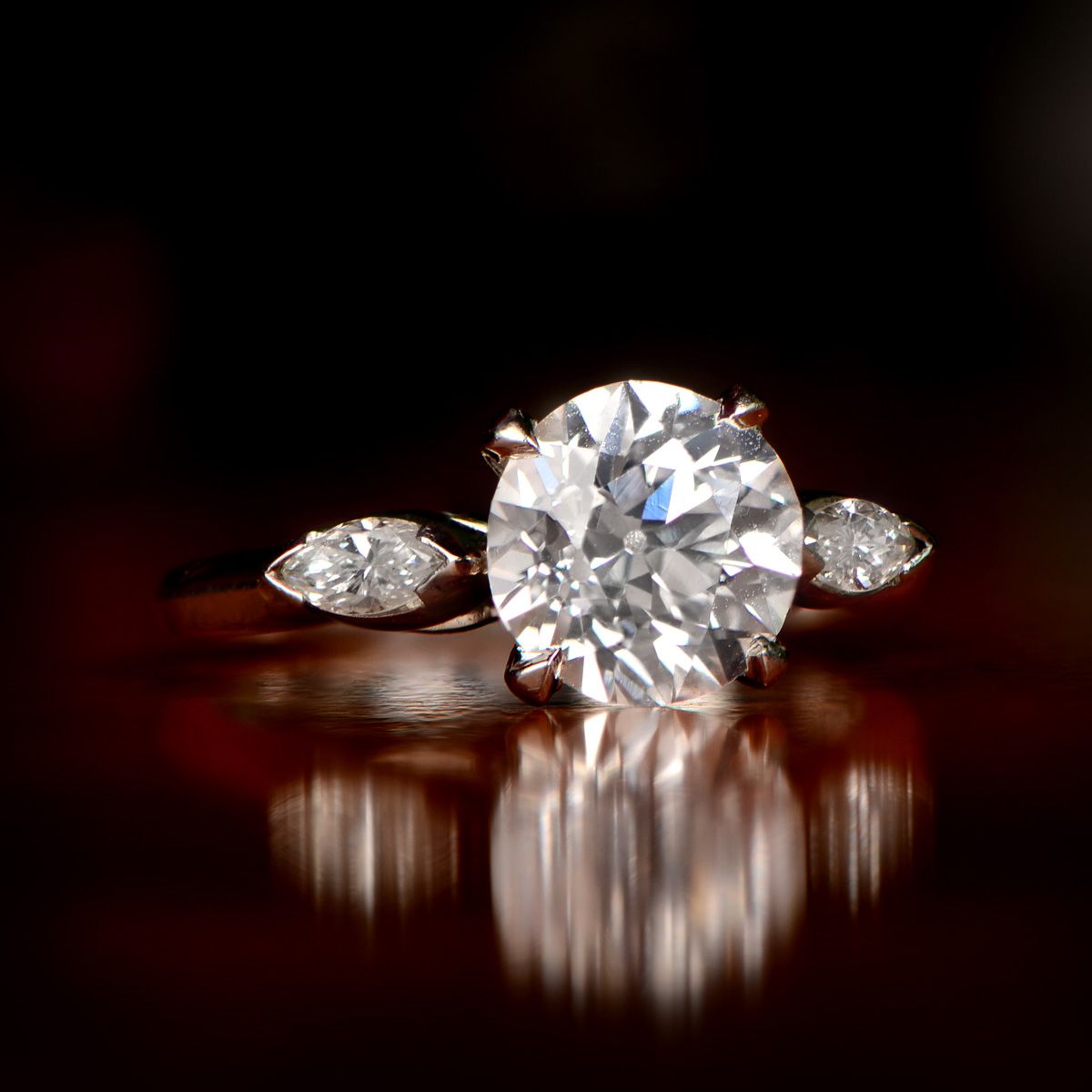The impact of lab-grown diamonds on the diamond industry
Lab-grown diamonds are hitting the diamond industry right in one of its retail sweet spots.

A few minutes every morning is all you need.
Stay up to date on the world's Headlines and Human Stories. It's fun, it's factual, it's fluff-free.
The backstory: As they say, “Diamond’s are a girl’s best friend.” The diamond industry has historically held strong with the popularity of these rare, precious gems. Not only are they considered investment pieces, diamonds are really popular in the bridal industry, especially in the US. In fact, North America is the biggest market for diamonds globally.
But over the past few years, the industry has faced some turbulence. At first, the beginnings of COVID caused drops in demand and sales with mine closures, supply chain problems and diamond shows and retailers being shuttered due to the pandemic. But that didn’t last for long, as people soon turned to luxury goods for spending the cash burning a hole in their pockets. Online sales of diamonds spiked in 2021. And reduced manufacturing at the time meant diamonds were more scarce, so prices went up.
But one looming threat to the industry has been around for longer – lab-grown diamonds. They’re identical to mined diamonds, but they can be made in a lab without the ethical and environmental concerns that are usually associated with the diamond industry – as famously depicted in the film “Blood Diamond.”
More recently: Although the diamond industry was one of the lucky ones to actually see a boost during the pandemic, that trend seemed to self-correct once the world started opening up again. People started traveling and going out, pulling them away from their online shopping binges, while inflation and economic pressures were eating into the luxury market.
On top of all that, it seems that more and more people are turning to lab-grown diamonds, especially in the US bridal market. Aside from people usually thinking synthetic diamonds are more ethical and eco-friendly, they’re cheaper than mined diamonds. And the tech to produce them has advanced so much that you can’t even tell them apart from natural diamonds without using specialized tools.
The development: Now, lab-grown diamonds are hitting the diamond industry right in one of its retail sweet spots – the category of stones that go into the more affordable one- or two-carat solitaire bridal rings popular in the US. Since the lab-grown industry has recognized that people buying these diamonds are especially budget-minded, it’s been making bigger moves into that part of the market. So their natural counterparts have seen a much steeper price drop than other categories of diamonds. The question is: are we seeing the beginning of a permanent market shift toward lab-grown diamonds, and will it spread to other, more expensive categories in the industry?
De Beers, a major player in the diamond world, believes this is just a temporary hiccup in demand, not a total overhaul of the industry thanks to lab-grown options. Paul Rowley, the head of De Beers' diamond trading business, admits that lab-grown gems are nibbling at the market share, but he sees larger economic trends at play.
But De Beers has taken a bold step by reducing prices for this category, known as "select makeables." These are rough diamonds, typically ranging from two to four carats, that can be cut into smaller, high-quality stones for engagement rings. In the past year alone, the company has slashed prices for select makeables by more than 40%. To put it into perspective, last June, its select makeable diamonds were selling for about US$1,400 per carat. Fast forward to July this year and the price dropped to around US$850 per carat.
Key comments:
“There has been a little bit of cannibalization. That has happened, I don’t think we should deny that,” said Paul Rowley, who heads De Beers’ diamond trading business. “We see the real issue as a macroeconomic issue.”
“A slightly better-than-average-quality 1-carat natural diamond was US$6,700 a year ago, today this same diamond is selling for US$5,300,” said Paul Zimnisky, the CEO of Paul Zimnisky Diamond Analytics, to CNBC in June.
"The reason why we embrace laboratory grown diamonds here at Dash Diamonds is because the Gemologist Institute of America now approves a laboratory grown diamond and grades it," said Joe Yatooma, owner of Dash Diamonds in West Bloomfield, Michigan, to CBS in February.
“North America is the biggest market for diamonds globally,” said Rasmus Brix, UK and Ireland managing director at Pandora, to The Guardian. “So it was a big moment for us. And, as Pandora is the world’s largest jewelry brand, it was a big moment for the LGD market too.”




Comments ()